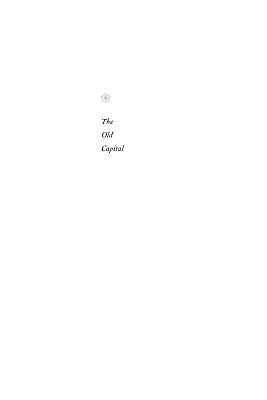7.6 /10 1 Votes7.6
3.8/5 Book Depository Language Japanese Published in English 1987 Originally published 1962 Illustrator Kaii Higashiyama Country Japan | 3.8/5 Goodreads Original title 古都Koto Publication date 1962 Media type Print (paperback) Translator J. Martin Holman | |||||||||||||||||||||||||||||||||
 | ||||||||||||||||||||||||||||||||||
Publisher Shoemaker and Hoard Press Similar Snow Country and Thou, Thousand Cranes, The Sound of the Mountain, The House of the Sleeping, Palm‑of‑the‑Hand Stories | ||||||||||||||||||||||||||||||||||
The Old Capital (translated English title of the Japanese Koto 古都, which refers to the city Kyoto 京都) is a novel by Yasunari Kawabata originally published in 1962. It was first translated into English in 1987 by J. Martin Holman. Holman's newly revised edition of his translation was published in February 2006 by Shoemaker and Hoard Press.
Contents
Plot
Chieko Sada is the daughter of Takichiro and Shige, who operate a wholesale dry goods shop in the Nakagyo Ward of Kyoto. Now twenty, Chieko has known since she was in middle school that she was a foundling adopted by Takichiro and Shige. However, as told by Shige, they snatched Chieko when she was a baby "Under the cherry blossoms at night at Gion Shrine". The discrepancy on whether Chieko was a foundling or stolen is part of the plot and is revealed later in the story.
Soon after a chance encounter at Yasaka Shrine, Chieko learns of a twin sister Naeko, who had remained in her home village in Kitayama working in the mountain forests north of the city. The identical looks of Chieko and Naeko confuse Hideo, a traditional weaver, who is a potential suitor of Chieko. The novel, one of the last that Kawabata completed before his death, examines themes common to much of his literature: the gulf between the sexes and the anxiety its recognition brings.
The story is set in Kyoto, and incorporates various festivals celebrated there. One of these is the Gion festival which occurs in the book during July. As part of the Gion festival, there is a parade of floats constructed by various neighborhoods in Kyoto and one of Chieko fond memories is of Shin'ichi, who is interested in Chieko, participating as a festival boy. The Festival of the Ages is another important festival and this is where Hideo takes Chieko's twin, Naeko, to view the parade.
The art of kimono takes a central role in the novel, with Kyoto — the former capital of Japan — symbolizing of everything which is traditionally Japanese.
Reception
Although Kawabata did not consider it his best work, it shares the same themes as his other novels.The Old Capital was one of only three novels cited by the Nobel Committee in awarding the 1968 Prize for Literature to Kawabata. The other two were Snow Country and Thousand Cranes.
Adaptation
The novel was adapted in 1963 into a Japanese feature film known in English under the title Twin Sisters of Kyoto. Directed by Noboru Nakamura, it was nominated for the Academy Award for Best Foreign Language Film. A second film adaptation was made in 1980 by director Kon Ichikawa. The movie was the last in which actress Momoe Yamaguchi appeared before she retired to marry her co-star, Tomokazu Miura.
Another film adaptation, only titled Koto is directed by Yuki Saito and was scheduled to be released on December 3, 2016.
